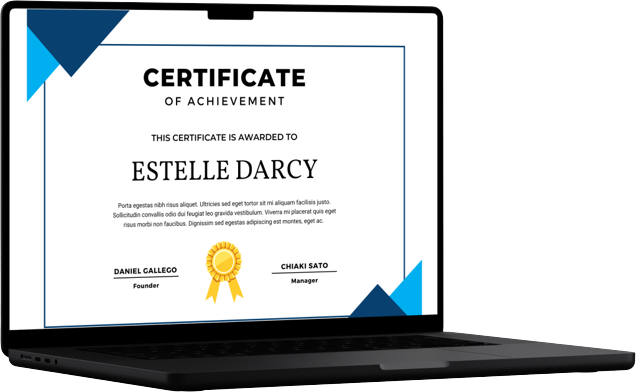December 18, 2024: Outside Force Effects and Evaluation on Buried Pipelines
-
Author: Dr. Benjamin Zand
-
Level: Advanced
-
Study time: 8 hours
Write your awesome label here.
Course overview
What are stresses on buried pipelines?
How do you calculate the stress of a pipe?
What is API 579 for?
Dr. Benjamin Zand covers these questions and more to provide pipeline operators with simple, conservative approaches for the initial evaluation of the effects of outside forces on their pipelines. The focus is on stress analysis that can be implemented in spreadsheets and other readily available software. Topics covered include how to develop an approach, preliminary data gathering, how to determine the appropriate stress limits, existing stresses in pipelines and determining stresses from outside forces. The outside forces covered include surface loads, spans, exposed stream crossings, blasting and construction vibrations. The course will end with a brief discussion of the analytic tools that are available. Attendees will be given a list of available free analysis software and references for further study.
Our live-virtual trainings are conducted in a real-time question and answer classroom format. You may ask questions or comment throughout either verbally or in writing.
START TIME: 8:30 a.m. (CDT)
END TIME: 4:30 p.m. (CDT)
How do you calculate the stress of a pipe?
What is API 579 for?
Dr. Benjamin Zand covers these questions and more to provide pipeline operators with simple, conservative approaches for the initial evaluation of the effects of outside forces on their pipelines. The focus is on stress analysis that can be implemented in spreadsheets and other readily available software. Topics covered include how to develop an approach, preliminary data gathering, how to determine the appropriate stress limits, existing stresses in pipelines and determining stresses from outside forces. The outside forces covered include surface loads, spans, exposed stream crossings, blasting and construction vibrations. The course will end with a brief discussion of the analytic tools that are available. Attendees will be given a list of available free analysis software and references for further study.
Our live-virtual trainings are conducted in a real-time question and answer classroom format. You may ask questions or comment throughout either verbally or in writing.
START TIME: 8:30 a.m. (CDT)
END TIME: 4:30 p.m. (CDT)
PDH Certificate included upon successful completion

-
Course Outline
Overview of Pipe Stress Analysis
Determining Acceptable Stress/Strain Levels
Review of Existing Stresses on Pipelines
Surface Loads
Spans
Exposed Stream Crossings
Blasting
Construction Vibrations
Tools for Analysis
Dr. Benjamin Zand
Principal Engineer at RSI Pipeline Solutions, LLC
ABOUT Dr. Benjamin Zand
Dr. Benjamin Zand has 20 years of experience in geotechnical engineering, geohazard assessment, stress analysis, pipeline integrity assessment, mechanics of composite material, and mathematical modeling. His experience includes stress and vibration analysis and monitoring for oil and gas transport pipelines and facility piping. Dr. Zand has assisted pipeline operators with geohazard problems such as longwall mining subsidence, ground movement, sinkholes, earthquakes, and fault crossings.
Dr. Zand has developed mitigation and monitoring programs for pipelines subjected to various geohazard conditions. He has assessed numerous pipelines subjected to vibration and cyclic loading from blast and construction. After working with Kiefner & Associates, Inc. from 2012 to 2019, he began a position at RSI Pipeline Solutions, LLC. He has also served as an instructor for the Rock Mechanics course at Ohio State University.
Dr. Zand has developed mitigation and monitoring programs for pipelines subjected to various geohazard conditions. He has assessed numerous pipelines subjected to vibration and cyclic loading from blast and construction. After working with Kiefner & Associates, Inc. from 2012 to 2019, he began a position at RSI Pipeline Solutions, LLC. He has also served as an instructor for the Rock Mechanics course at Ohio State University.

